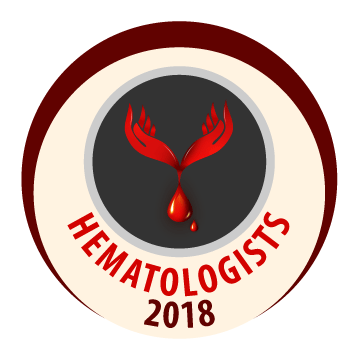
Erhabor Osaro
Usmanu Danfodiyo University, Nigeria
Title: Some haematological parameters and ascorbate deficiency among children of African descent with protein energy malnutrition in Sokoto, Nigeria
Biography
Biography: Erhabor Osaro
Abstract
Protein energy malnutrition is the most widespread nutritional deficiency disorder of mankind and continues to be a major public health burden in developing countries. The aim of this case-control study was to determine the changes in some haematological parameters and ascorbic acid levels among children of African descent with PEM in Sokoto, North Western Nigeria. The study included a total of 90 children (47 subjects with protein energy malnutrition and 43 apparently healthy controls) aged 6 months - 5 years, admitted to the Pediatric Units of Usmanu Danfodiyo University Teaching Hospital and Specialist Hospital, Sokoto. Some haematological parameters (packed cell volume, total white blood cell count and platelet count) were analyzed using the auto-hematology analyzer (Genesis, HA6000). Ascorbic acid levels were assayed by a standard chemical method. Nutritional status was determined using the Wellcome Trust Classification. Data were analyzed using SPSS 22.0 statistical package. A p-value ≤ 0.05 was considered significant in all statistical comparisons. The result indicated that subjects with protein energy malnutrition had a lower mean packed cell volume (25.50±0.996%) compared to controls (32.73±1.004%) (p=0.0001). The mean total white cell count was significantly higher among subjects with protein energy malnutrition (12.16±0.72x109/l) compared to controls (7.59±0.49x109/l) (p=0.0001). There were no statistically significant differences in the mean value of platelet counts of subjects (260.40±21.71x109/l) and controls (237.61±15.13x109/l) (p=0.400). The mean value of ascorbic acid was significantly lower among subjects (0.82±0.04 mg/dl) compared to controls (1.06±0.02 mg/dl) (p=0.0001). Children with kwashiorkor had higher value of packed cell volume compared to those with marasmickwashiorkor (p=0.0001). Children with marasmic-kwashiorkor had a higher total white cell count when compared with other types of protein energy malnutrition (p=0.0001). Underweight subjects had lower ascorbic acid levels when compared with other types of protein energy malnutrition (p=0.0001). Platelet count showed no significant difference within the various types of protein energy malnutrition (p=0.331). This study has shown that children with protein energy malnutrition have lower packed cell volume and ascorbic acid levels compared to controls. The total white cell count was higher among children with protein energy malnutrition compared to controls. Protein energy malnutrition was more prevalent among children from low socioeconomic class whose mothers have no formal education. Marasmus was the most common type of protein energy malnutrition. Children with kwashiorkor have a higher packed cell volume compared to other types of protein energy malnutrition. Total white blood cell count of children with marasmic-kwashiorkor was significantly higher compared with other types. Immune boosters (vitamins and other micronutrient) should be provided for school children particularly children with protein energy malnutrition. There is need for infant feeding practice to be strengthened by promoting exclusive breast feeding. There is need for increased enrollment of women in schools, enlightenment on nutritional education and empowerment so as to improve their socioeconomic status.

